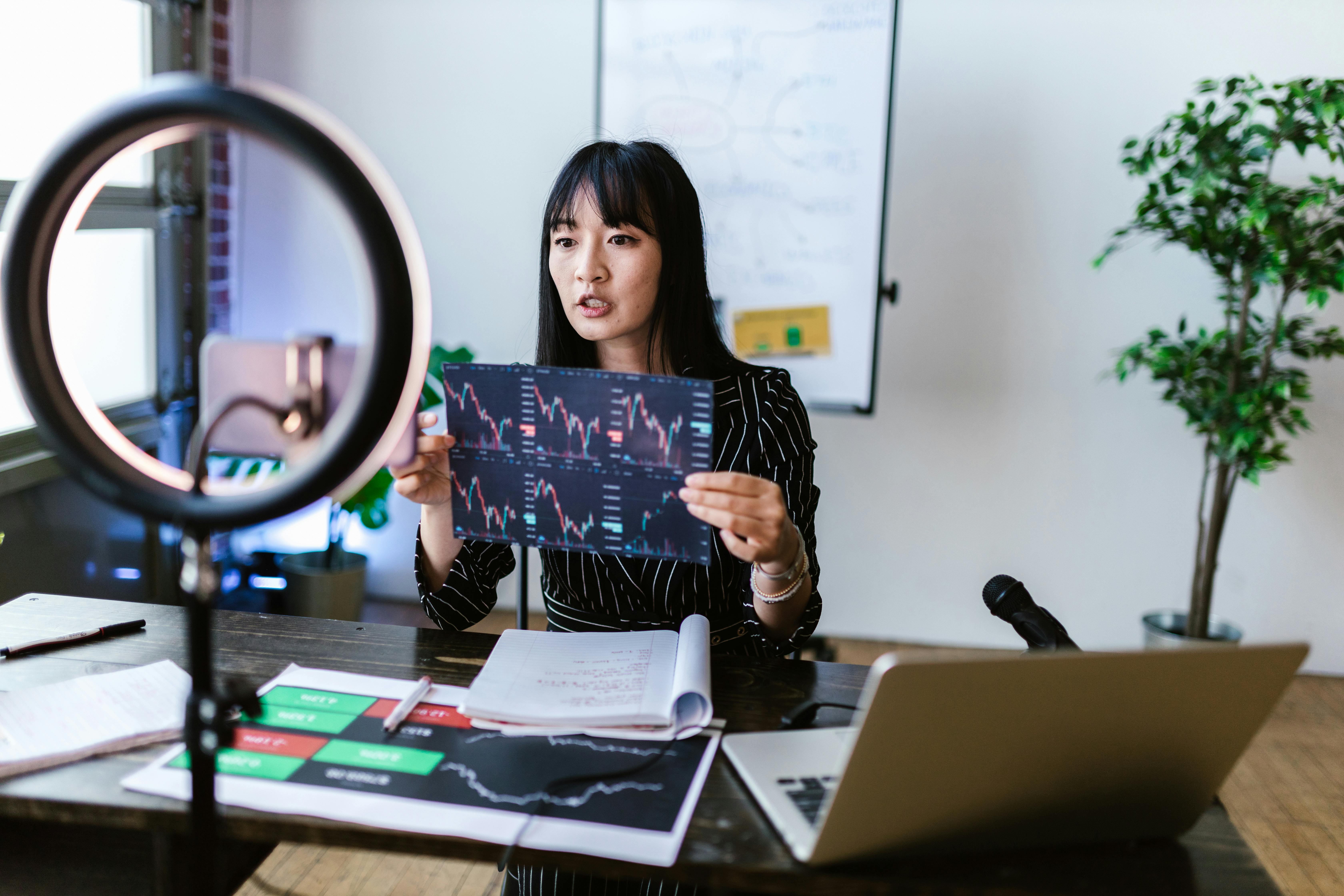What is Blockchain?

Learn what blockchain is, how it works, and why it is transforming the cryptocurrency and financial world.
What is Blockchain? A Complete Beginner’s Guide
Blockchain is one of the most transformative technologies of the 21st century. It is the foundation of cryptocurrencies like Bitcoin, Ethereum, and USDT, but its applications go far beyond digital money. In simple terms, blockchain is a decentralized, distributed digital ledger that records transactions in a secure, transparent, and immutable way.
How Blockchain Works
At its core, blockchain consists of a chain of blocks. Each block contains a list of transactions, a timestamp, and a cryptographic hash of the previous block. This hash links each block to the previous one, creating a secure chain that cannot be altered without consensus from the network.
The decentralization aspect means that the ledger is not stored in one central server but across thousands of computers (nodes) worldwide. Each node has a copy of the blockchain, making it almost impossible to manipulate or hack the system.
Consensus Mechanisms
Blockchain networks use consensus algorithms to validate transactions. The most common mechanisms are:
- Proof of Work (PoW): Miners solve complex mathematical puzzles to validate transactions and add blocks to the chain.
- Proof of Stake (PoS): Validators are chosen to create new blocks based on the amount of cryptocurrency they hold and “stake” in the network.
- Other mechanisms include Delegated Proof of Stake (DPoS), Proof of Authority (PoA), and hybrid models.
Key Features of Blockchain
- Security: Cryptography ensures that transactions are secure and data cannot be tampered with.
- Transparency: Anyone can verify transactions on public blockchains.
- Decentralization: No single entity controls the network.
- Immutability: Once recorded, data cannot be changed.
- Automation: Smart contracts can execute actions automatically when predefined conditions are met.
Applications of Blockchain
Blockchain is not limited to cryptocurrencies. Its potential spans multiple industries:
- Financial Services: Cross-border payments, digital banking, lending, and insurance.
- Supply Chain: Track products from production to delivery transparently.
- Healthcare: Secure medical records and patient data management.
- Voting Systems: Tamper-proof digital voting solutions.
- Real Estate: Transparent property records and smart contracts for sales.
Blockchain and Cryptocurrency
Cryptocurrencies are digital assets that operate on blockchain technology. Bitcoin was the first cryptocurrency, introducing the concept of a decentralized currency independent of banks or governments. Other cryptocurrencies, such as USDT (Tether), Ethereum, and Monero, leverage blockchain for secure, peer-to-peer transactions and programmable contracts.
Traders and investors use blockchain-powered tools such as USDT trading bots or Bitcoin bots to automate trading, monitor market trends, and execute strategies 24/7.
Advantages of Using Blockchain
- Security: Resistant to hacking and fraud.
- Speed: Transactions can be processed faster than traditional banking.
- Lower Costs: Reduces the need for intermediaries like banks or brokers.
- Trust: Transparent and verifiable system builds user confidence.
- Innovation: Enables smart contracts, DeFi, NFTs, and more.
Challenges and Risks
Despite its benefits, blockchain has some challenges:
- Scalability: High network demand can slow transaction times.
- Energy Consumption: PoW blockchains like Bitcoin consume significant electricity.
- Regulation: Legal frameworks are still evolving globally.
- User Errors: Lost private keys or mismanaged wallets can result in permanent loss of funds.
Getting Started with Blockchain
For those in Portugal or anywhere else interested in exploring blockchain:
- Learn the basics of cryptocurrencies and wallets.
- Create an account on a trusted exchange like Numerobook.
- Practice small transactions and explore testnets.
- Use blockchain-powered tools like trading bots to automate and optimize your strategy.
- Stay updated with news and regulatory changes affecting blockchain.
Conclusion
Blockchain is much more than just the technology behind Bitcoin. It’s a decentralized system that ensures security, transparency, and trust across multiple industries. Whether you are a trader using USDT bots in Portugal, a developer exploring smart contracts, or a business seeking transparency, understanding blockchain is essential for navigating the future of digital finance.
By leveraging blockchain technology responsibly, anyone can participate in the growing decentralized economy with confidence.